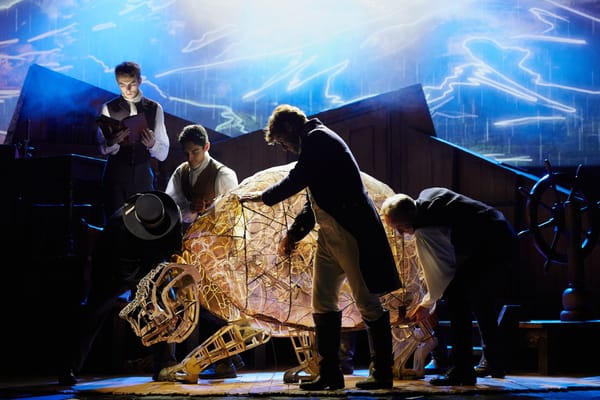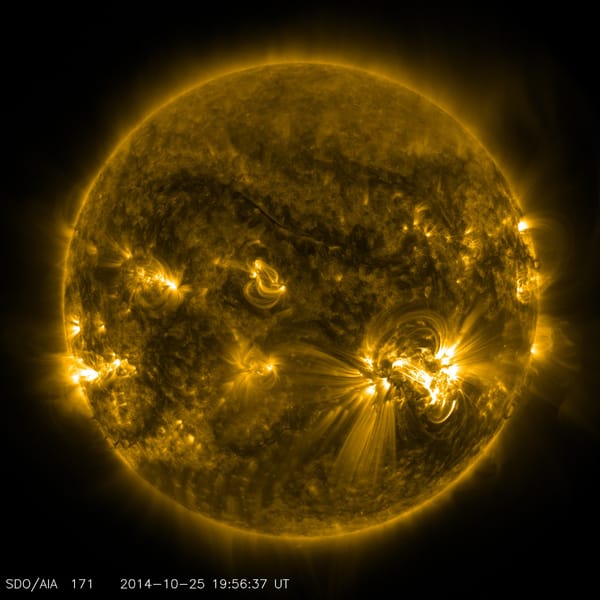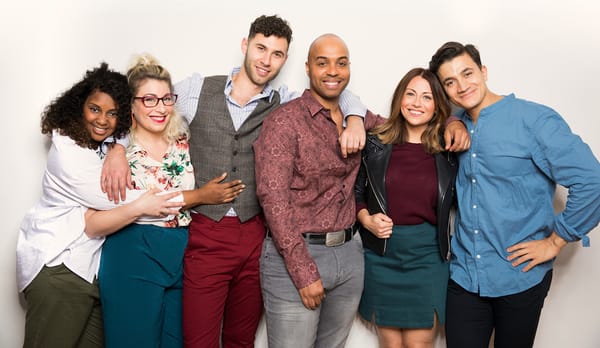We are all individuals: The Turner Prize 2018

The Turner Prize is awarded to a British artist for an outstanding exhibition in the preceding year. This year the shortlist features four films, each tackling pressing issues in society today. Arts Writer Calum Drysdale gives his take on the shortlistees for one of the world’s best known awards for visual arts.
A friend and I had a conversation recently about whether there was something fundamental to non-conforming (he is into that sort of thing). “By going outside of what is socially acceptable one defies. That act of independence and definition of oneself not by others’ standards but by one’s own is the greatest sign of self-liberation possible.”
“Sure, I get all that, but don’t you all just roll your jeans up and wear non-functional shoes?” Reading up about what was on at the Turner prize before going did give me a certain sense of validation. All four of the shortlisted artists are exhibiting films, certainly enough to drive the annual Daily Mail think pieces asking ‘Is this really art? Really?’ into overdrive. How different, I asked myself, can you possibly be if you all insist on being different together?
Getting to the right gallery requires further hiking than expected, through ambiguously sized rooms that all squeeze in one and a half identical acrylic and steel sculptures intended to confound any sense of direction or taste.
A large, square and wonderfully sound-insulated room greets you as you come through the doors. On the walls are panels providing brief descriptions of each of the films and wonderfully suggestive open doorways that lead off into the darkness. It feels like quibbling but I would recommend reading up before going as the panels are rather heavy on niche film and technical jargon and proportionally light on content, but it is a miser’s complaint.
The films themselves certainly showed me the error of my ways. The prize, given each year, is intended to recognise and celebrate art produced or first exhibited the year before. This is art as contemporary as it is possible to be and, with a few notable exceptions, it bursts with life and ambition.
The Charlotte Rogers film is a bizarre masterpiece of mashed together footage, but it avoids sinking into kitsch through the relentless humanity that powers it throughout. The audience is welcomed in to Charlotte’s life and can often see exactly what Charlotte xeself saw through xe’s use of small handheld cameras that allow a quiet to permeate the film, even over the amazing sound track. The long non-moving shots work to draw in the audience and, rather than growing dull (some go on for 10 minutes), they pulsate with tension and danger. Add to this the piece’s tying together of the ancient Yatesesque magic and myth of Aberdeenshire Scotland with modern gender-questioning identity and this is a film that makes worth the whole trip worthwhile.
Luke Willis Thompson takes a different approach in his submission. He very closely examines five separate lives and takes this magnifying glass approach to extremes, investigating human bodies – with an emphasis on people of colour and their historical and current reality. In his most surreal piece he moves the camera around and inside a house-like sculpture made of human skin and dressmaker’s pins. The sculpture exists as an independent piece of art – My Mother. My Father. My Sister. My Brother 1996-7 (The Estate of Donald G. Rodney, London) – and is made of the skin removed by surgeons during Rodney’s treatment for sickle cell anaemia.
Uncomfortable is not a strong enough word to describe the feelings evoked. As the film goes on, the house begins to resemble a body itself, steel bones holding up an incredibly tiny and fragile creation. Where he overreaches is his portrait of Diamond Reynolds, the girlfriend of Philando Castile, shot at a traffic stop in 2016. The film is meant as an accompanying piece to her Facebook Live video shot in the aftermath of her boyfriend’s killing, but it feels cheap and profiteering.
Forensic architecture’s The Long Duration of a Split Second has the most immediate and visceral appeal of the four films. Like a thriller, it jumps between light and dark, action and silence, and unlike the other three the content feels necessary and even vital. The real world, normally very far away in those dark showing rooms, rushes in and cannot be denied.
The film tells the story of the killing of a villager in Umm al-Hiran, a Bedouin community in the Negev/Naqab desert which the Israeli army was attempting to destroy. This is modern activism with baubles on.
Finally, there is Naeem Mohaiemen. His two films had, if truth be told, an incredible soporific effect on me. Watching an immaculately linen-suited man smoke cigarettes in an abandoned airport, cradling dressmakers’ manikins – it felt like there was meaning floating around somewhere, but it was too amorphous to grasp. The second one, an ode to Asian socialism, affected me even less. Wonderfully filmed vistas are not enough to justify radical and extreme change.
The Turner Prize, smarmy as ever but maybe, just maybe, a good day out.
-3 stars










